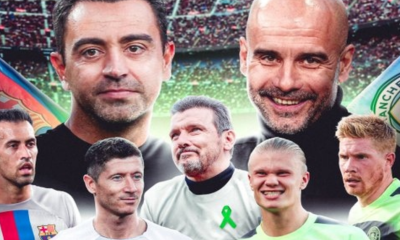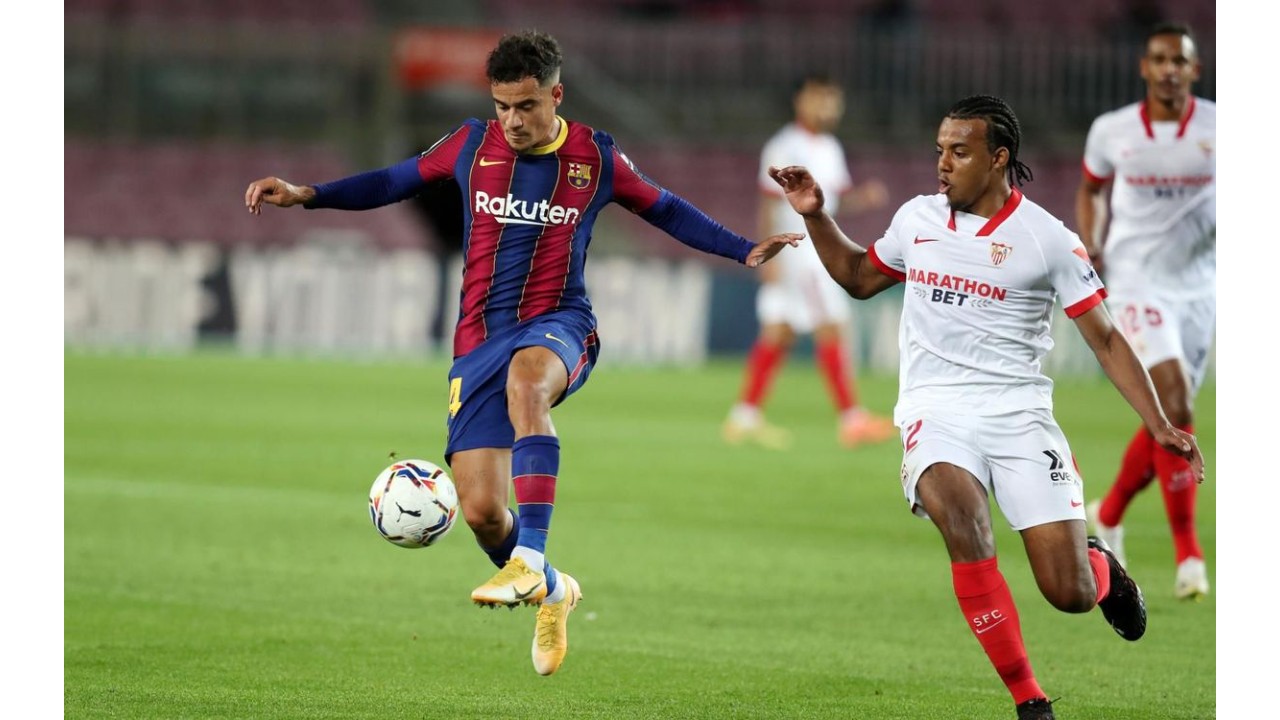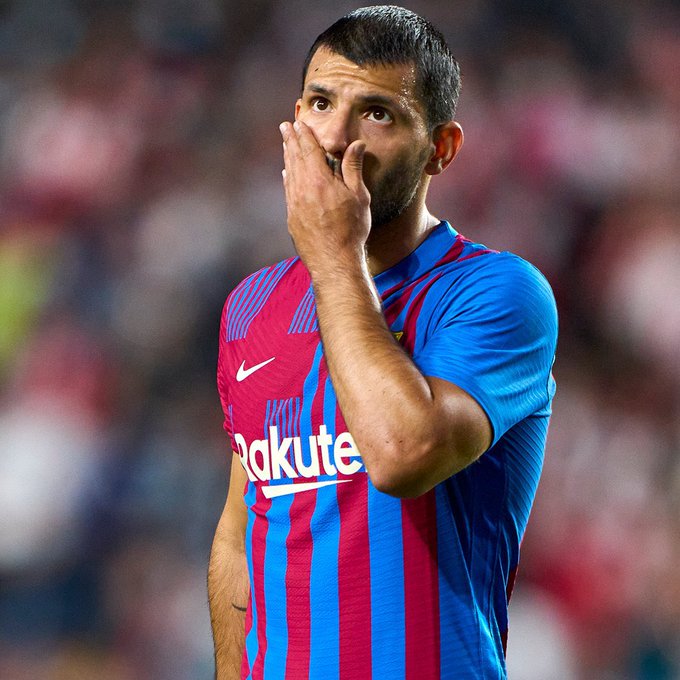Latest world news
Madrid takes control of Catalonia but the region’s future is best with Spain
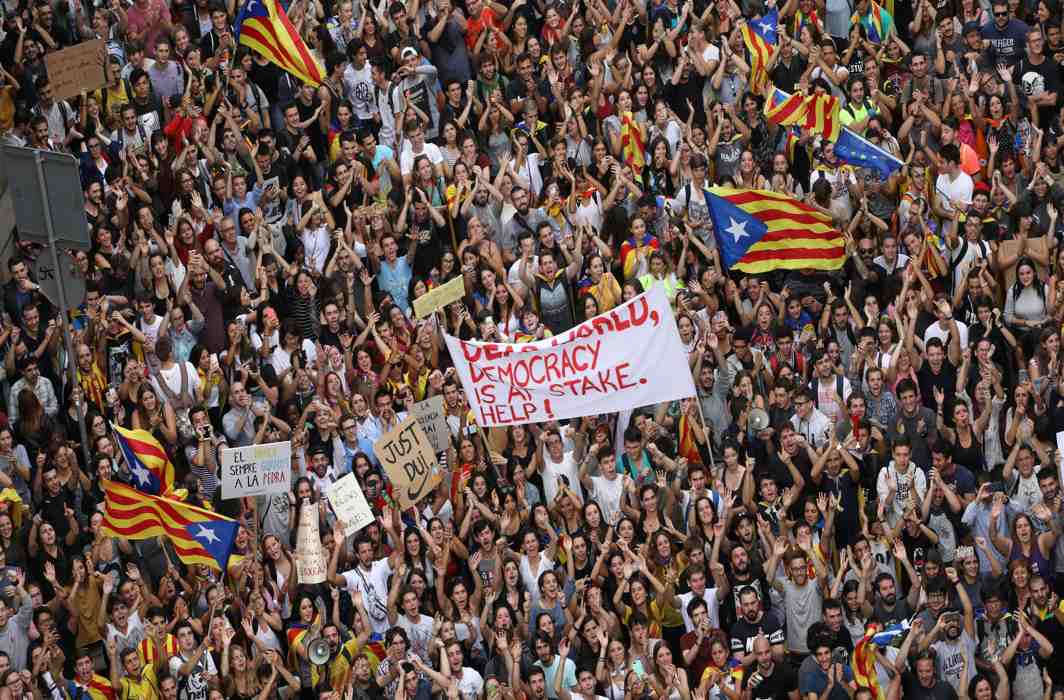
[vc_row][vc_column][vc_column_text]File photo of pro-independence Catalans in Barcelona during a referendum march. Photo credit: Quartz
~By Lilly Paul
The Catalans may have declared their independence from Spain but not even half of the region’s population had turned out to vote during the referendum
Catalonian President Carles Puigdemont’s declaration of independence (on Friday, October 27) from Spain has lead to Madrid, in turn, imposing direct rule on Saturday. The current turn of events is set to lead both Madrid and Catalonia towards a messy state of affairs.
Puigdemont’s announcement of Catalonia’s secession from Spain has, expectedly, not gone down well with Madrid and also the European Union. In a referendum (on October 1) held by the regional government of Catalonia, 90 percent of the voters chose to separate from Spain. However, the voter turnout for this referendum was 2.26 million, which is not even half the total population of Catalonia.
The referendum had already been declared illegal by Spanish courts and Madrid tried its best to stop such a voting. The anti-election crackdown by the Spanish government left hundreds of Catalans injured with Barcelona being the most affected region. The government raided polling booths, confiscated ballot papers and law enforcers even fired rubber bullets at the people. Madrid also invoked Article 155 of the Spanish constitution to impose direct control over Catalonia. The Article gives the Spanish government liberty to take over any autonomous region if it “does not fulfill the obligations imposed on it by the constitution or other laws, or acts in a way that is seriously prejudicial to the general interest of Spain.”
The crackdown of the Spanish government on Catalonia is not going to solve the problem. Instead it would further worsen the situation. The law and order situation of Catalonia is already getting disrupted. Since police administration is under the Catalonian government, a section of the police had already declared that it would not comply with the orders of Spain and will not carry out any action against the regional leaders. The current crackdown of the Spanish government is likely to affect the other half of the population of Catalonia which did not appear for voting and was perhaps not in favour of separating from Spain.
Spanish Prime Minister Mariano Rajoy sacked Puigdemont and dissolved the Catalan parliament. He has also announced fresh elections for the region to be held on December 21. The practicality of the elections is in doubt as it was not desired by the Catalans nor is it clear as to how many of them would participate in these polls. The parties which would contest the elections fear presenting an anti-Catalonia stance and the ones not contesting for the election will not stand any chance for the upcoming five years.[/vc_column_text][vc_column_text css=”.vc_custom_1509202128649{padding-top: 5px !important;padding-right: 5px !important;padding-bottom: 5px !important;padding-left: 5px !important;background-color: #a2b1bf !important;border-radius: 5px !important;}”]Catalonia has had a distinct culture, history and language—this distinction has been the main reason behind their wish for autonomy. Its identity has been constantly suppressed by successive regimes.
Catalonia was first recognized as a nation in 1931 by the second Spanish Republic’s constitution. It also recognized Catalan as the official language of Catalonia. However, this freedom and recognition had a very short life. The victory of General Francisco Franco in the Spanish Civil War marked the end of Catalonia’s freedom. Catalonia’s culture, its language and even the symbols of Catalan identity were prohibited and suppressed under the military ruling of Franco.
The death of Franco paved the way for Spain’s democracy in 1978. The Spanish constitution extended autonomy to some of its regions, and Catalonia was also among them. However, this autonomy has not actually solved the underlying desire for freedom of the Catalans.
Catalonia as defined in the Statute of Autonomy of Catalonia “exercises its self-government constituted as an autonomous community in accordance with the Constitution and with this Estatut, which is its basic institutional law”.
In 2006, the Catalans campaigned to improve the terms of this Statute of Autonomy which made way to a new statute after which Catalonia was referred to as a “nation” in the preamble. This new statute extended Catalonia’s privileges in terms of taxation, judicial independence, and the official use of the Catalan language. The Catalan language enjoys joint language status along with Castilian, such that the teachers, the doctors and other public sector employees have to use the language in their workplace.[/vc_column_text][vc_column_text]What do the Catalans want?
Much of Catalonia’s independence drive and enthusiasm has been carried forward through the football team FC Barcelona. Posters reading “Independence” and “Catalonia is not Spain” have been a common sight in matches played by Barcelona. FC Barcelona is located in Catalonia. One such instance of Catalan nationalism was seen in a football match played between FC Barcelona and Real Madrid, where right at 17 minutes and 14 seconds the stadium started chanting “Independencia”. This was because in 1714 Catalonia fought its battle of Independence.
Catalonia has been constantly in favour of independence. It is one of the Spain’s wealthiest regions and accounts to 20 percent of its economic output. Catalonia is also one of the most famous tourist spots in Spain and also contributes more than one-fifth of its GDP. But the major push for separation came after Spain’s debt crisis in 2008. Economists even predict that Spain is unlikely to cope up with the present debt crisis for several years to come.
This being said, one of the major arguments for separation from Spain is that Catalonia gives to Spain far more than it ever received. Catalans now want more autonomy to decide where their money is being used. The economic progress of Catalonia is also one of the reasons why the region thinks that it can sustain on its own.
This is not for the first time that the Catalans have voted for Independence. Earlier, in 2014, they had held a symbolic vote where more than 80 percent of the votes were cast in favour of freedom. However, the voting turnout in the current and the previous plebiscite has been less than 50 percent. This is possibly because the Catalans know that it is illegal at present. If there happens to be a fresh referendum form the Spanish government on Independence, which is unlikely, a higher voter turnout can be expected.
However, the Catalans are very well aware of the economic loss that it will have to incur if separated from Spain. Since most of the business houses have moved their headquarters to Spain, the separation will have an adverse effect on Catalonia’s economy. Moreover, with the EU not supporting an independent Catalonia, the path ahead will be even more difficult for the region. If Catalonia breaks away from Spain, it will also be out of the EU. Its way back will be decided by the EU members, of which Spain is also a member. One can easily expect a Spanish veto.
Catalonia has kept some of the key sectors such as education, healthcare and welfare under its control, but it is not financially independent.
The best way out for Catalonia is to be a part of Spain and demand for more autonomy as complete separation will land them in ruins and the tourism revenue will not be enough for the region to stand on its own.[/vc_column_text][/vc_column][/vc_row]
Latest world news
World Earth Day 2024: Google Doodle showcases aerial view of planet’s natural beauty
Google celebrated Earth Day 2024 with a special doodle featuring an aerial view of our planet’s biodiversity.
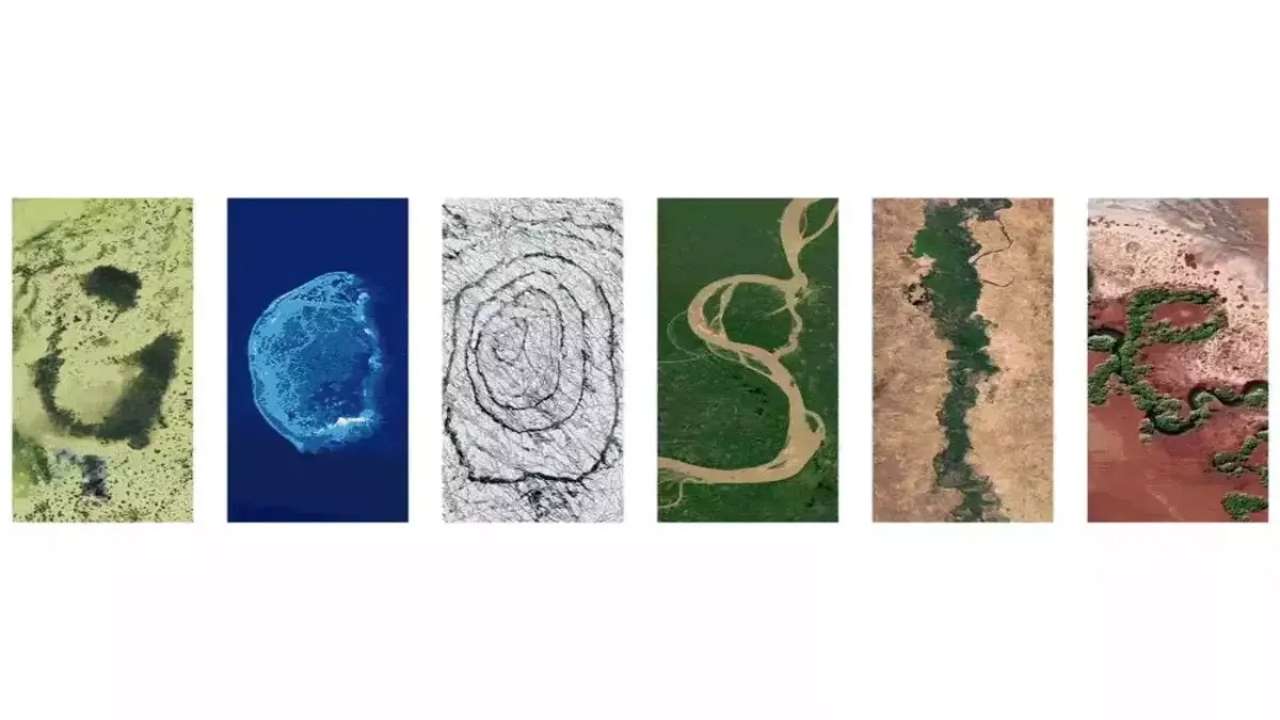
Google shared a doodle today to celebrate World Earth Day 2024, which showcased aerial photos of the planet’s biodiversity and natural beauty. Google reminded us of the importance of protecting planet earth for future generations with the help of this doodle.
The Google letters depict specific locations across the globe where people, communities, and governments work every day to help protect the planet’s natural beauty, biodiversity, and resources, according to the explanation of the annual Earth Day 2024 doodle on their website.
It said, these examples remind us that there’s much more to do to address the climate crisis and biodiversity loss, but also offer the promise of hope and optimism.
The islands of Turks and Caicos are represented by the letter “G.” The islands’ conservation efforts are concentrated on protecting important regions for biodiversity and addressing persistent environmental problems.
The largest reef in the southern Gulf of Mexico and a UNESCO biosphere reserve, Scorpion Reef National Park, is represented by the letter “O” in the Mexican flag.
The letter “O” features Iceland’s Vatnajokull National Park, which was designated as a national park in 2008 following decades of advocacy. The ecology within and surrounding the biggest glacier in Europe is safeguarded by this UNESCO World Heritage Site.
The letter “G” has the Jau National Park in Brazil on it. It is a UNESCO World Heritage Site and one of the biggest forest reserves in South America.
The Great Green Wall of Nigeria is represented by the letter “L,” and the Pilbara Islands Nature Reserves of Australia are represented by the letter “E.”
Meanwhile, Earth Day is a worldwide event that promotes protection of the environment every year. April 22 serves as a reminder of the importance of conservation efforts and sustainable practices to guarantee a healthier world and a brighter future.
The occasion inspires people across the world to come together and take action to protect the environment, strengthening our bonds with nature and promoting good change.
Latest world news
Bigg Boss 14 contestant Rahul Vaidya struggles walking in knee deep water, compares Dubai rains with Mumbai floods
Singer and TV personality Rahul Vaidya was recently stranded in the Dubai rains.
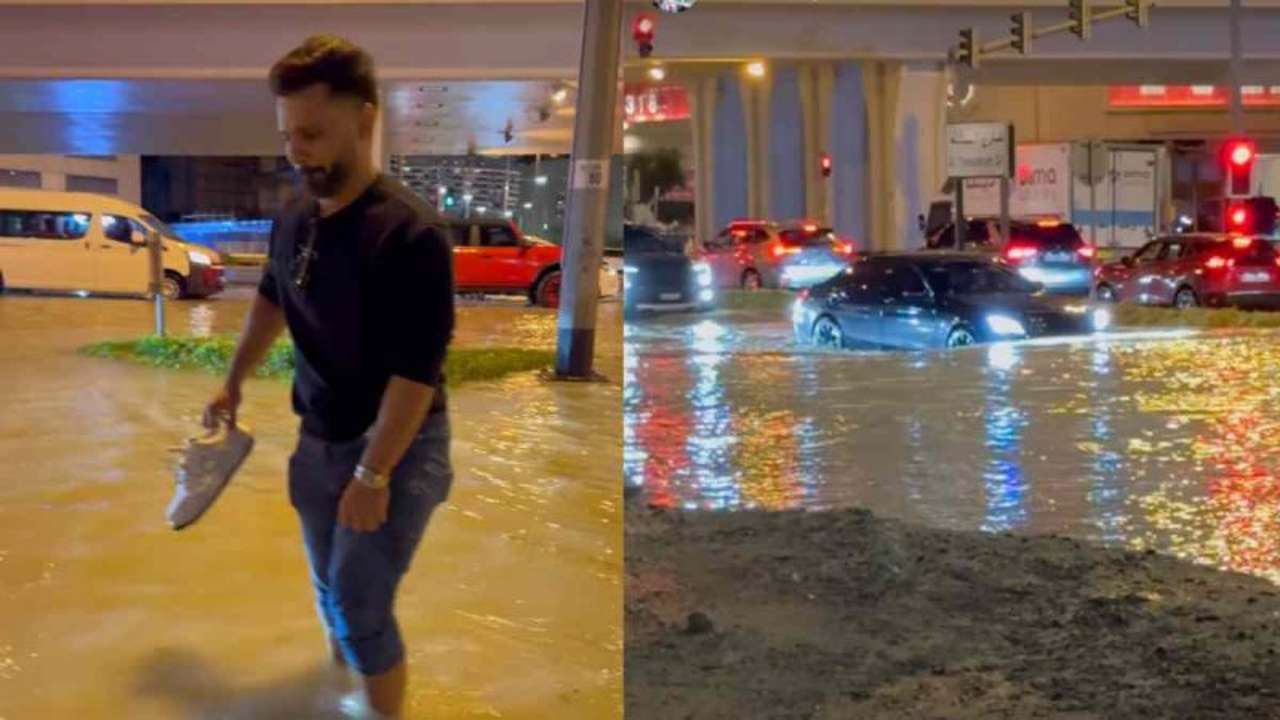
Rahul Vaidya, who was in Dubai ahead of his show which was scheduled to take place today, left the country due to heavy rains and reached Kolkata. The artist shared on social media his encounters in the UAE city, including challenges like walking through knee-deep water. Rahul provided an update regarding the heavy rainfall in Dubai on his Instagram profile.
The Bigg Boss 14 contestant revealed that he was in Kolkata and prepared to do an evening performance. Recalling the terrifying period he went through, Vaidya said there was a lot of confusion and panic in Dubai. The situation was similar to that when heavy floods hit Mumbai in 2005.
Vaiday also posted seval other images and videos of cars that were underwater and flooded roadways. The Bigg Boss 14 contestant, who shared his ordeal, claimed that even though it had just rained for two hours, the situation was dire.
In one of the video, which went viral he can be seen struggling in walking in knee-deep water. He can be also seen holding his sneakers in one hand and with other hand he was seen managing other things.
This is the result of the two hours of rain that it had, he can be heard saying in the video. Vidya also said he dosen’t believe Dubai is accustomed to a lot of rain. Everything had stopped working, he remarked.
After taking part in the first season of the singing reality show Indian Idol, Rahul Vaidya gained widespread recognition. In addition to Bigg Boss, he took part in Khatron Ke Khiladi 11.
Meanwhile, heavy rains that triggered flooding in the UAE and Bahrain, which left 18 people dead in Oman on Sunday and Monday, have paralyzed the financial hub of the Middle East, Dubai.
A lot of incoming flights were diverted from Dubai’s international airport because of the rain. At 7:26 p.m., the busiest airport in the world for foreign visitors stopped accepting new arrivals; a gradual resumption was announced for more than two hours later.
Images of planes navigating flooded tarmacs are making the rounds on social media.
According to pictures shared on social media, the flagship malls Dubai Mall and Mall of the Emirates both experienced heavy floods, while at least one Dubai Metro station had water up to the ankles.
There were several road collapses, severe flooding in residential areas, and numerous reports of leaks from windows, doors, and roofs.
Due to the unfavourable weather, schools around the United Arab Emirates were forced to close, and as more storms are predicted, the closures are anticipated to last until Wednesday. The government of Dubai allowed its staff to work remotely till this Wednesday.
Latest world news
Dubai sky turns green during storm in UAE, video goes viral
The UAE witnessed record-breaking rainfall on Tuesday and the National Centre of Meteorology recorded 254 mm of rainfall in less than 24 hrs in the Khatm Al Shakla area in Al Ain.
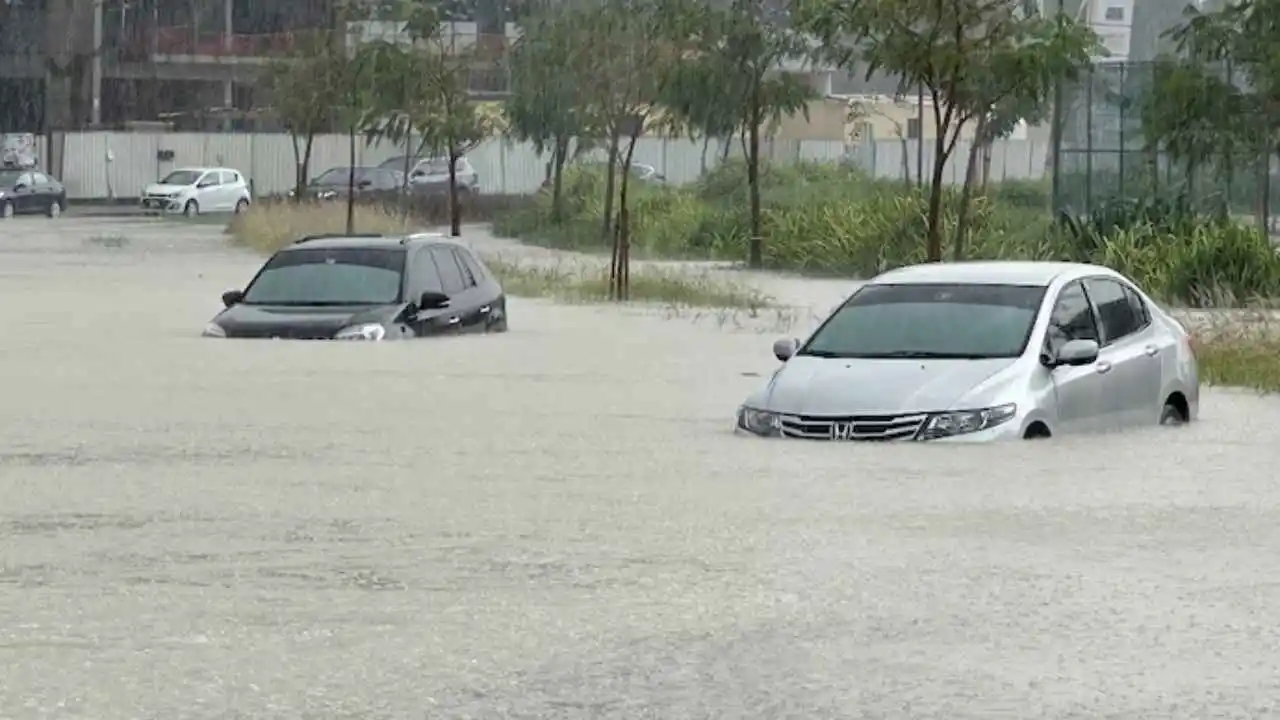
1 person was killed in UAE as it witnessed heavy rainfall on Tuesday, stranding commuters, flooding roads, disrupting trains and flights and resulting in water leakage from mall ceilings. The UAE witnessed record-breaking rainfall on Tuesday and the National Centre of Meteorology recorded 254 mm of rainfall in less than 24 hrs in the Khatm Al Shakla area in Al Ain. It is being said that the rainfall was the highest documented since the start of data collection in 1949.
The heavy rainfall in UAE came days after a similar situation in neighbouring Oman, where 13 people were killed in flash floods. Many parts of Oman saw torrential rains, which caused students to be trapped in buses and swept away motorists and trapped people in their homes.
Videos from Dubai circulating on social media showed widespread waterlogging on roads in Abu Dhabi, Dubai and other important cities. This left daily commuters in cars and other vehicles struggling to get back home. Dubai metro station too was seen flooded and closed.
One such video circulating on social media shows the aerial view of the city of Dubai from the top of a building. In the video the stormy winds are seen blowing over the city of Dubai. As the storm intensifies the Dubai sky turns green and ultimately gets covered by heavy rainfall. The video has gone viral on social media with more than 1.1 million views.
Another video showed water leakage from the ceilings of shopping malls, flooding the floors and destroying goods. A video which was shot in the famous Mall of the Emirates, showed pieces of ceiling falling as the rainwater gushed inside. Videos from many outlets of the Deira City Centre mall chain showed escalators being rendered unusable. Majid Al Futtaim, the company which owns the Mall of Emirates, said that the shopping complexes have been kept open and the customers are being sent away from the flooded areas.
-
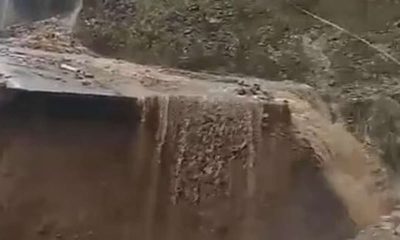
 India News21 hours ago
India News21 hours agoLandslide hits Arunachal Pradesh, highway linking Indo-China border affected
-

 Entertainment20 hours ago
Entertainment20 hours agoBollywood stars Salman Khan, Alia Bhatt, Rekha, Sonakshi Sinha, Aditi Rao Hydari attend Sanjay Leela Bhansali’s Heeramandi premiere
-

 Cricket news14 hours ago
Cricket news14 hours agoTelugu superstar Mahesh Babu meets SRH captain Pat Cummins, says it is an absolute honour
-

 Education19 hours ago
Education19 hours agoFarmer’s son Nilkrishna Gajare Nirmalkumar from Maharashtra scores 100 NTA score in IIT-JEE Mains 2024
-

 India News22 hours ago
India News22 hours agoTamannaah Bhatia summoned in illegal IPL streaming app case, to appear before cyber cell on April 29
-

 Cricket news22 hours ago
Cricket news22 hours agoIPL 2024: Rishabh Pant, Axar Patel score half centuries as Delhi Capitals beat Gujarat Titans by 4 runs
-

 2024 Lok Sabha Elections20 hours ago
2024 Lok Sabha Elections20 hours agoBihar: Election Commission extends voting timings for 4 Lok Sabha seats due to heatwave
-

 Entertainment17 hours ago
Entertainment17 hours agoAamir Khan to begin shooting in Delhi for Sitaare Zameen Par next month

